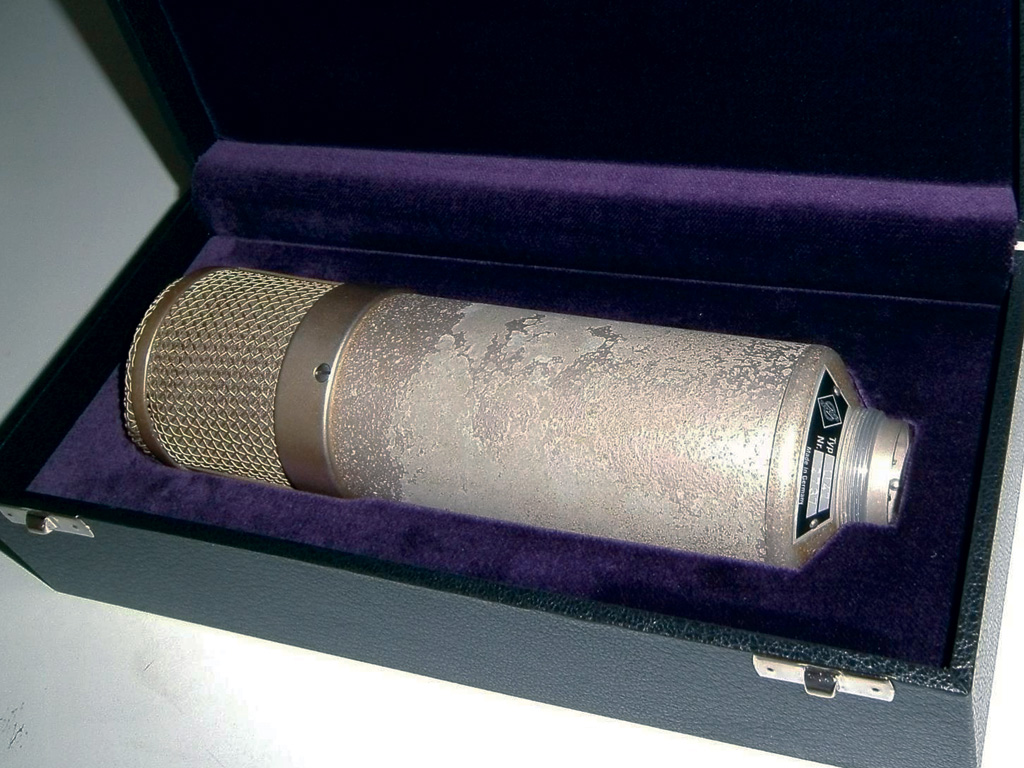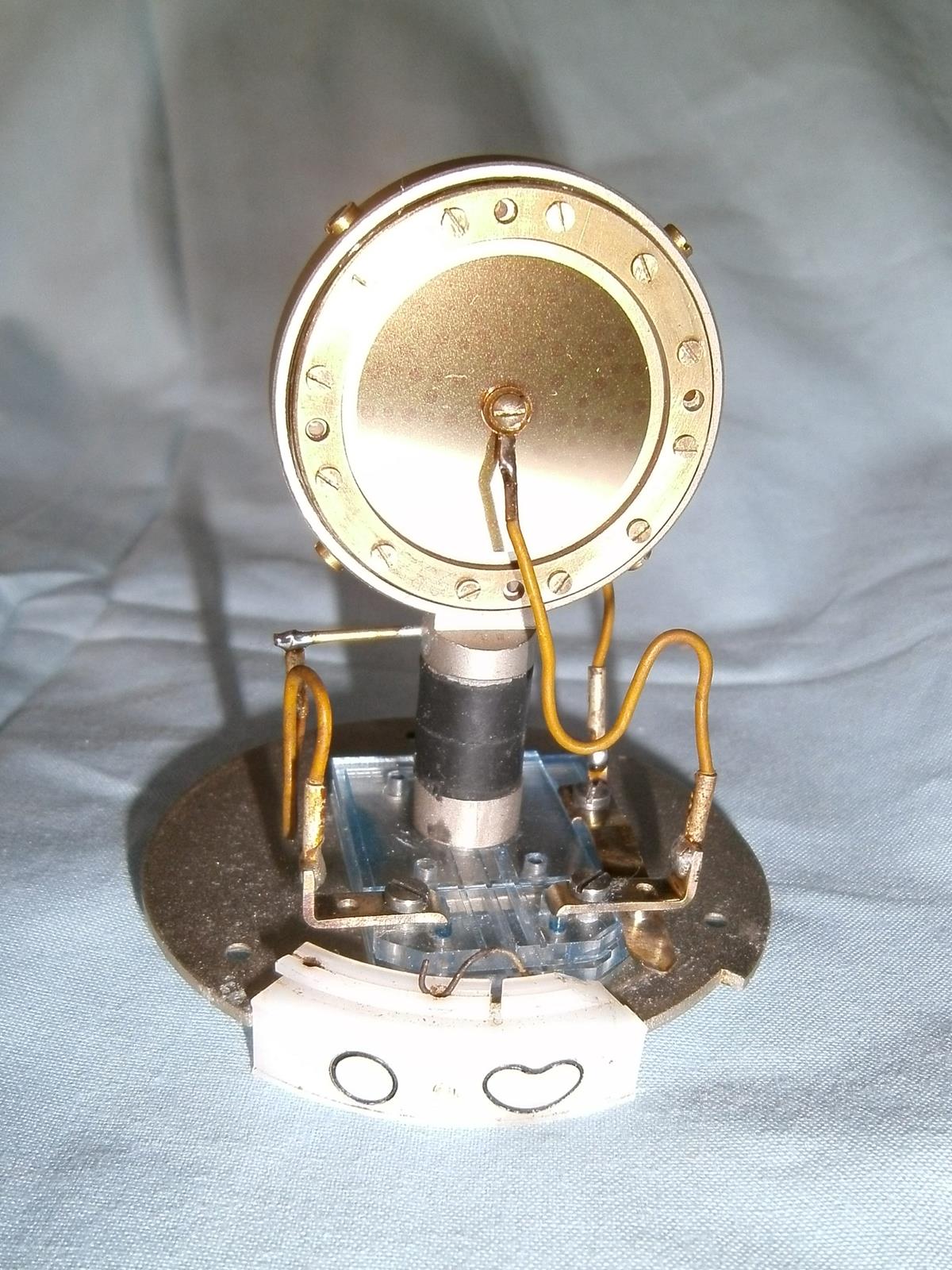Tube 47 - Braingasm Custom
/My Neumann U47 needed functional restoration, and once it returned back, shining like the sun, it gave us an idea: a Braingasm-branded valve U47.
Aware that we were stepping onto the field for the Champions League final, we got to work for many months, studying the original schematics and various "clone" projects, testing the Neumann in all its aspects to discover its versatility, and soldering away. Finally, we are ready to present it.
Like other handmade microphones born in the lab, this is not just another U47 clone or replica in circulation. We aim to create something innovative, inspired by the genius of our predecessors. Always keeping in mind that the Braingasm Lab’s mission is to offer high-quality sound at an affordable price for everyone. We seek to move forward, not sideways.
Before diving into the usual technical details, we are publishing the beta test of the finished microphone, compared to the original Neumann and a Braingasm Deluxe with a Gefell M7 capsule, the flagship model of our transistor series. The microphones are positioned as close as possible to each other, about 3 meters from the drum kit. The preamp used is a Tubetech. Check out the sound:
We have a long testing session planned where we aim to be as comprehensive and precise as possible, appreciating the performance of our new tube microphone on vocals, electric, and acoustic instruments. For now, we'll settle for these three tracks. Follow us to hear the rest.
After treating your ears with some snare and kick, let's finally move on to our beloved technical details:
Let's start with the body, made in Europe with CNC machines. Like the original model, the grille has three levels of mesh, the basket is made of copper, and the body is anodized aluminum. We experimented with other models, shapes, colors, and materials, but the nuclear torpedo has always been the hands-down winner.
Braingasm Tube 47 - Long Body
Neumann U47 Short Body (1960)
We've maintained the original layout and point-to-point wiring on the sides of the transformer, ensuring that the high-impedance area is as close as possible to the capsule and valve. Our electronic design differs from the original in many aspects, including the capsule biasing circuit and the tube’s power supply voltages. Among various options, we've chosen a Telefunken EF800, powered according to specifications.
NOS Telefunken EF800 tube, AMI BV8 transformer, MKP film capacitors
VF14 M tube, BV8 original transformer
Finally, the capsule is a Thiersch STW7 transducer (M7 Red Line). Soon, we'll also test fitting a vintage M7 Gefell. The original Neumann U47 mounts a KK47.
Thiersch M7 Red Line capsule
Neumann K47 capsule








